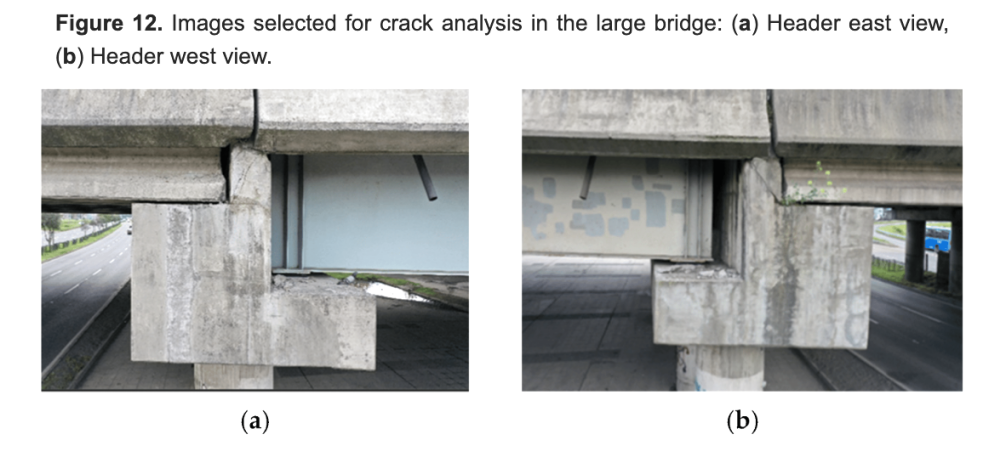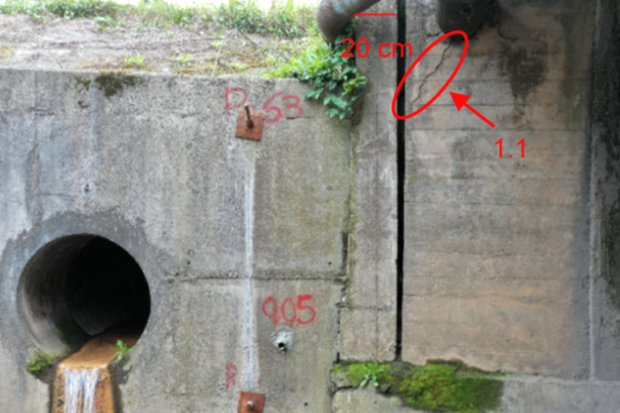In research funded by the Vice-Rector’s Office for Research and Doctorates of the Universidad San Sebastián, Chile, various image processing techniques were examined to detect cracks and fissures in bridges, using UAV as a tool to perform a visual inspection inventory.
The technology used met expectations by reaching hard-to-reach areas where cracks are common. Additionally, it facilitated faster and greener inspections by minimizing environmental impact.
ABSTRACT
The evaluation of cracks and fissures in bridge structures is essential to ensure the long-term safety, durability, and functionality of these infrastructures. In this sense, processing grayscale images and adjusting brightness and contrast levels can improve the visibility of cracks and fissures in bridge structures.
These techniques, complemented by professional expertise and efficient inspection tools such as Unmanned Aerial Vehicles (UAVs), allow for a comprehensive and accurate structural integrity assessment. This study used the edge detection technique to analyze photographs obtained with a low-cost UAV as a means of image capture. This tool was used to reach hard-to-reach areas where there could be damage, thus making it easier to detect fissures or cracks.
To capture the failures, two case studies, a small bridge and a large bridge, were selected, both located in Concepción City in southern Chile. During both inspections, cracks were detected that could affect the structure of the bridges in the future.

To analyze these findings, ImageJ software 1.54h was used, which allowed the length and thickness of the cracks to be measured and evaluated. In addition, to validate the procedure proposed, real values manually measured on-site were compared with those delivered by the software analyses, where no statistically significant differences were found.
With the method presented in this study, it was possible to quantify the damage, following the bridge maintenance standards established by the Ministry of Public Works of Chile, whose inspection criteria can be applied to other projects worldwide.
The complete study can be accessed here.
Source: MDPI

